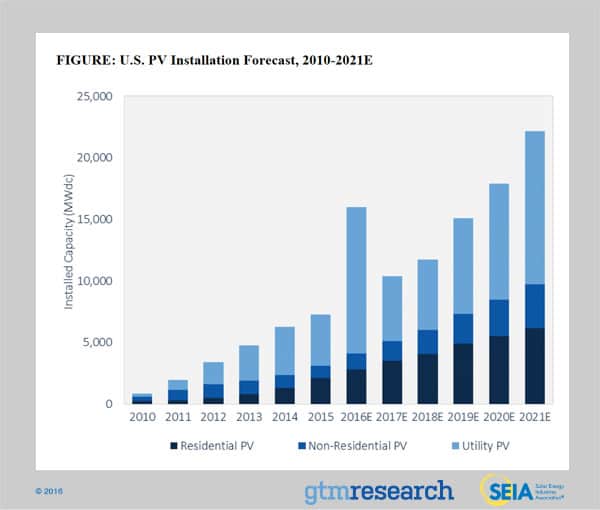All is proceeding as foreseen.
Germany Votes To Abandon Most Green Energy Subsidies.
“The amount of money flowing into European green energy from governments and the private sector collapsed from $132 billion in 2011 to $58 billion last year, according to a May report by a British auditing firm. Green energy’s failure to meet reliability and cost goals were the primary reasons for declining investment. Europe has poured $1.2 trillion into the green energy industry to fight global warming, but its CO2 emissions and power bills just keep rising.”
Meanwhile, thanks to fracking, U.S. energy bills — and carbon emissions — have fallen.
Germany Votes To Abandon Most Green Energy Subsidies.
“The amount of money flowing into European green energy from governments and the private sector collapsed from $132 billion in 2011 to $58 billion last year, according to a May report by a British auditing firm. Green energy’s failure to meet reliability and cost goals were the primary reasons for declining investment. Europe has poured $1.2 trillion into the green energy industry to fight global warming, but its CO2 emissions and power bills just keep rising.”
Meanwhile, thanks to fracking, U.S. energy bills — and carbon emissions — have fallen.



 And the k00ks know it too!!
And the k00ks know it too!!

